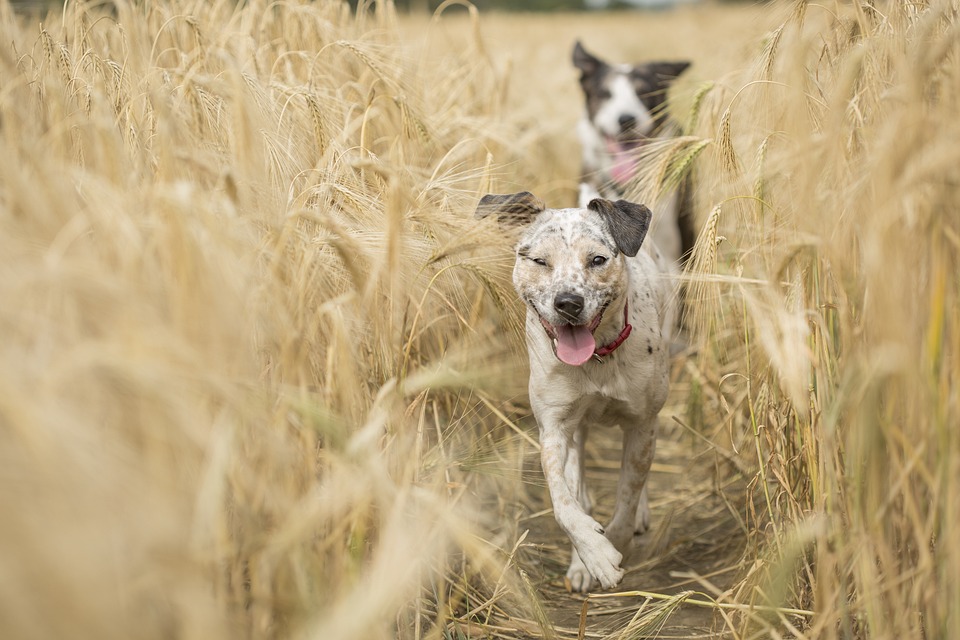Heading: How to Train Your Dog to Behave During Vet Visits
Sub-heading: A Well-behaved Pooch Makes Vet Visits a Breeze
Vet visits can be a stressful experience for both dogs and their owners. However, with proper training, you can help your furry friend feel more at ease and behave appropriately during these visits. In this article, we will explore effective strategies to train your dog to behave during vet visits, ensuring a positive and calm experience for everyone involved.
Sub-heading: Start Early: Puppy Socialization Is Key
Early socialization is crucial in ensuring your dog remains calm and well-behaved during vet visits. By exposing your puppy to different people, animals, and environments from a young age, you can help them develop confidence and adaptability. Enroll your puppy in socialization classes or organize playdates with other vaccinated dogs to expose them to new experiences and reduce anxiety during vet visits.
Sub-heading: Familiarize Your Dog with Vet Equipment and Handling
One of the main reasons dogs become anxious during vet visits is their unfamiliarity with the equipment and handling procedures. To alleviate this anxiety, gradually introduce your dog to vet-like experiences and objects at home. Use positive reinforcement techniques to associate these encounters with rewards and treats. For example, gently touch your dog’s paws, ears, and mouth, and reward them with praise and treats. This will help your dog become accustomed to similar experiences during vet examinations.
Sub-heading: Desensitize Your Dog to Handling Techniques
Handling techniques, such as lifting and restraining, are essential during vet exams. It is crucial to desensitize your dog to these techniques to prevent fear or aggression responses. Start by mimicking these movements at home, gradually increasing the duration and intensity of handling. Reward your dog for remaining calm and cooperative. You can also seek professional help from a dog trainer to guide you through desensitization exercises.
Sub-heading: Teach Basic Obedience Commands
Teaching your dog basic obedience commands, such as “sit,” “stay,” and “leave it,” is invaluable during vet visits. These commands allow you to maintain control and ensure your dog’s safety. Practice these commands regularly at home and gradually introduce distractions to simulate a vet clinic environment. Reward your dog for following the commands promptly and consistently.
Sub-heading: Frequently Asked Questions (FAQs)
Q1: What if my dog is too anxious or aggressive during vet visits?
If your dog exhibits excessive anxiety or aggression during vet visits, it is crucial to seek professional help from a certified dog trainer or animal behaviorist. They can assess your dog’s behavior and provide tailored strategies to address these issues.
Q2: How long does it take to train a dog to behave during vet visits?
Training timelines can vary depending on individual dogs and their previous experiences. Consistency, patience, and positive reinforcement are key. It may take weeks or even months to fully train your dog, so start the training process well in advance of your next vet visit.
Q3: Are there any calming supplements or medications that can help my dog during vet visits?
If your dog experiences extreme anxiety during vet visits, consult with your veterinarian about potential calming supplements or medications. They can recommend suitable options and guide you on their safe usage.
Remember, training your dog to behave during vet visits is an ongoing process. Be patient and consistent with your training efforts, and always reward good behavior. By investing time and effort into training, you can ensure a stress-free and positive experience for both you and your furry companion during vet visits.









